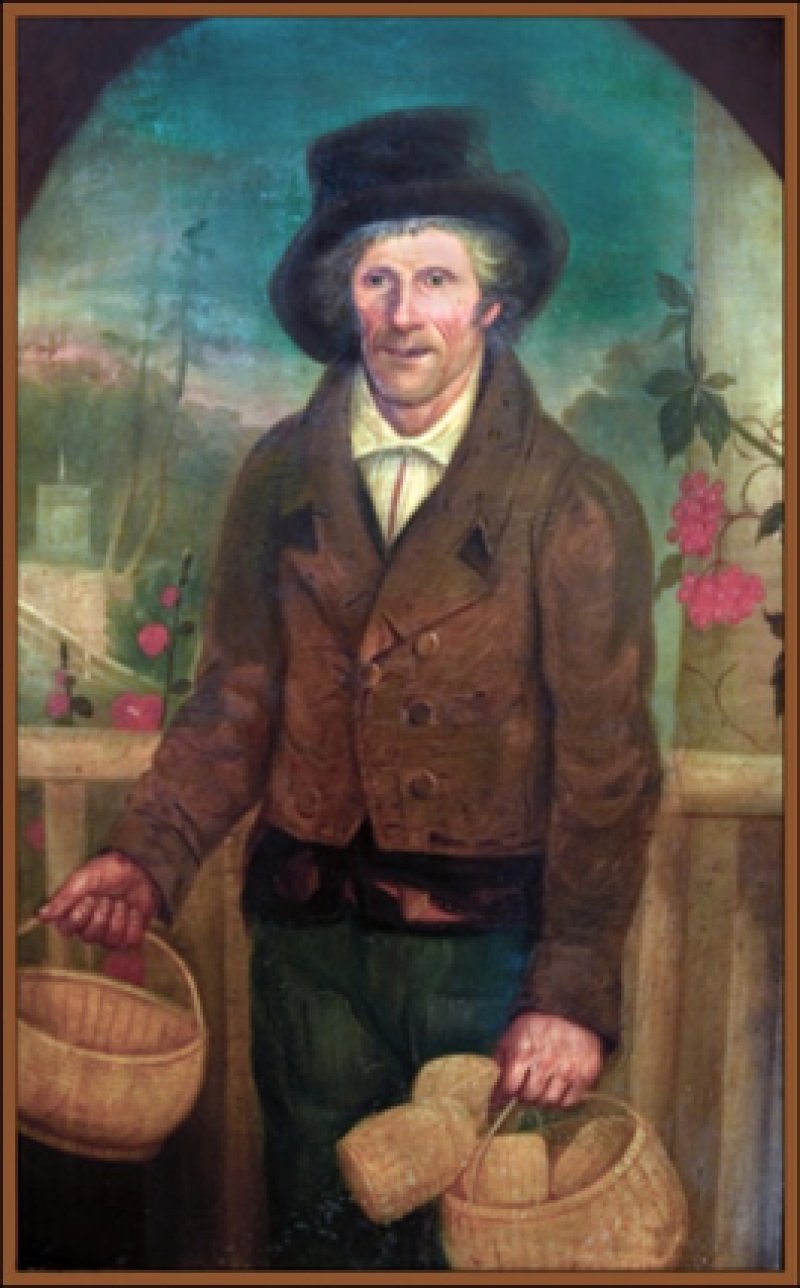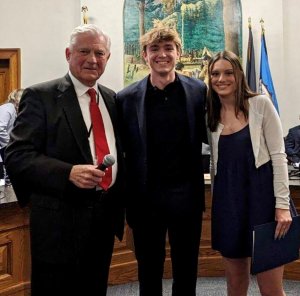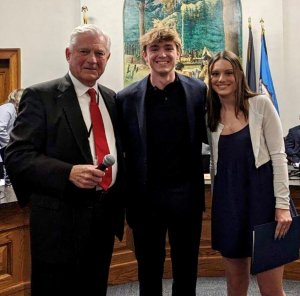Though perhaps a dying proverb, “What in Sam Hill?!” used to be commonplace as an expression of exasperation. A quick internet search will point to several possible origin stories that explain where this phrase came from but, like most internet searches, the definitive truth remains elusive. Could it be that a county resident known by this common moniker contributed to this once-popular phrase?
An article published in the 1974 book Saratoga County Heritage relays an interesting story about a basket maker who lived in the Saratoga Springs area in the early 1800s. His name was Sam Hill, and the story, as told by author Milford Lester, plays out like this: Sam Hill lived in Splinterville (a hamlet in Greenfield near what is now the intersection of Route 9N and Middle Grove Road), so-called for the splints used to make baskets. Sam used to walk to Broadway carrying an armload of his wares to sell to the tourists visiting the mineral springs in the summer. He was an eccentric dresser and was asked by some patrons (one of whom was an artist) of the Union Hall Hotel if he would like to have his portrait painted. While Sam was reluctant at first, he agreed when offered a financial incentive. The finished portrait was then given to the hotel, where it hung in the office until the building was demolished, upon which it was moved to the Grand Union Hotel. Upon the demise of that hotel, it made its way into a private collection.
While this is an interesting story that has been passed down through generations of Saratogians, we have very little primary source documentation about the actual man. There is a Samuel Hill recorded on the 1820 Census in Greenfield, and in 1830 in Saratoga Springs. Exact ages were not provided on these early censuses, but there is a free white male recorded as being aged between 60-69 in 1830, which could possibly be the Sam Hill in the portrait. Another source comes in a notation in the diary of Daniel Benedict (Saratoga Springs) who relays that Mr. Sam Hill died on July 2, 1835 “at an advanced age.” This diary was later transcribed by Cornelius Durkee and serialized in the Saratoga Sentinel in the early 1880s. Commentary added at this later date included the statement, “He was the originator of the splint basket business which afterward became very widespread.” In the aforementioned article by Milford Lester, he describes the coat worn by Sam Hill as “continental.” While it is unclear whether or not this refers to a military uniform coat, Hill could have been at the right age to have fought in the American Revolution. If he did, any record of this could not be located. Other resources consulted including land records, mortgages and estate files have not turned up any further documentation about the life of Sam Hill.
Tradition also indicates Hill was a Native American, possibly Abenaki. There were other Native Americans living in this area, which had belonged to the Mohawks of the Haudenosaunee Nation in the not-to-distant past. By the end of the American Revolution in 1783, many of the Mohawk, who had sided with the British during the war, had already left this area. However, some Native Americans remained and found ways to survive in the new nation. One of these ways was by continuing to produce traditional native crafts to sell to the tourists who frequented Saratoga Springs, such as baskets. Rather than letting go of their culture to assimilate into a European society, they used this opportunity to continue their traditions and pass them down to future generations. In the mid-1800s, a seasonal Indian Encampment was set up in Congress Park, where people of Native American descent would come for the season, sell handmade crafts, and give demonstrations of traditional weapons, dances, and ceremonies. Observations by tourists show that this was a popular destination for those visiting the city and it continued for over 50 years, dissolving sometime in the early 1900s.
While it may seem that this article focuses heavily on the things we don’t know about Sam Hill, there is one extremely important artifact that does exist, his portrait. It is relatively rare for a portrait of a resident who was not wealthy to survive from this time period. Important context included in the painting are his clothing and the baskets he carried, giving us insight into what some of the craftsmen who frequented the spa might have looked like. Furthermore, we know that Sam Hill found a way to continue practicing a traditional craft and made a living from it, a craft that went on to become even more popular as evidenced by the splint factories that were built along Bell Brook and continued to thrive throughout the second half of the 19th century.
The William G. Pomeroy Foundation of Syracuse, NY is well known for funding thousands of historic markers across New York State and beyond. One of the marker programs they offer is the Legends and Lore Program, which recognizes the fact that not every story that relays information about a community’s past can be documented through primary sources. In 2022, the Saratoga County Historian’s Office received a grant from the William G. Pomeroy Foundation to erect a marker in Splinterville recognizing the story of Sam Hill as a Native American craftsman in the community. The marker was installed in November 2022 and is located at the intersection of Mill Road and Middle Grove Road in the Town of Greenfield, not far from where the splint factories used the water of Bell Brook to power their machines. While researching Sam Hill, I did not find any further information related to him being the originator of the proverbial “What in Sam Hill?” but perhaps his c. 1832 portrait is a better legacy of his contribution.
Lauren Roberts is the Saratoga County Historian. She is co-host of the WAMC podcast A New York Minute in History, along with NYS Historian Devin Lander. Roberts co-produced the recently released documentary Harnessing Nature: Building the Great Sacandaga, which chronicles the creation of the Sacandaga Reservoir. You can reach Lauren at This email address is being protected from spambots. You need JavaScript enabled to view it.







































